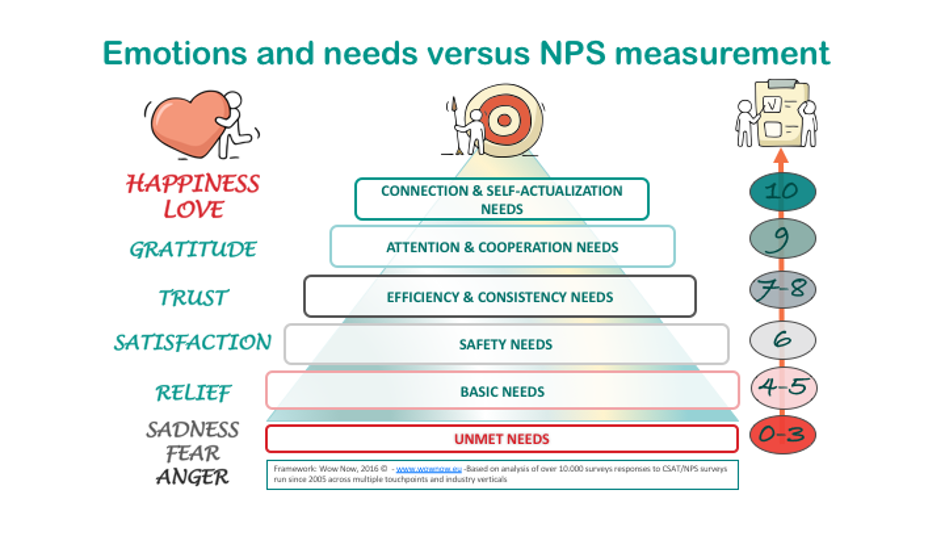"It can't go on like this!" I was shocked when I heard that my 19-year-old daughter was already earning less per hour than her boy colleagues in the chip shop where she has a part-time job. It's time for ACTION. That was the motivation to say YES to the program 'What do you earn?' of BNNVARA which was broadcast on Monday 29 January.
In it, I share my story. That I found out that my male colleague earned 1,000 euros a month more than me. Do the math, that's 12,000 euros a year. The annual income of a Brazilian or three times the annual income of someone from Egypt. No cat pee, as we say in our family.
I remember that moment very well. Did he say that he gets 1,000 euros a month more than I do? Disbelief. I'm sure I hadn't heard it right. He probably saw it on my face, so he repeated his paycheck and that's when the penny dropped. A hard quarter, BAM. This is unfair, was my first thought. Because I had the same responsibilities. Even a larger span of control. But it was so.
When the initial anger had subsided, I went to HR. How could this be? Well, I just had to learn to live with that. They couldn't do anything with it now. My director at the time also thought it was unfair, but there would be a reason. Of course I got a first step (Yes! Just bringing it up bridged the first difference), but nowhere near the 1,000 euros. Where had I missed the boat?
Negotiate. I hadn't. Also, I hadn't done a good enough job of figuring out what a common salary was for my position. A salary that was appropriate to my responsibilities, span of control and goals. I had missed the exit there. I immediately took the bull by the horns and started training. At Direction I individually followed a 2-day course on female leadership (it no longer exists in that form, but there is a nice other option). In addition, I organized an in-house Masterclass "Stratego for women" at ASR for myself and other colleagues, facilitated by Intouchwrm. Learn, practice and then put into practice. That was the only way I could bridge the pay gap in my heels.
When I made the switch to KPN, my moment was there. I found out what a common salary was, what scales there were and what 'above collective labor agreement' meant. I took my male colleague's salary as a starting point and added that, because that amount was more than usual. I also took a good look at fringe benefits such as car, pension, training budget and parking space (status symbol nummero uno at KPN at the time). In the meantime, I had practiced negotiating, in practice and certainly in front of the mirror. So that my salary wish (or demand, whatever you call it) would come out smoothly in the conversation. Without too many spots on my neck.
A long story about negotiation short. In the interview, I was asked about my previous salary. I mentioned the salary of my male colleague. Did I have a paycheck? No, I hadn't. Know that you don't have to give that and therefore DON'T do it. Gone is your bargaining position. In addition, I told them that I was willing to add an x amount, given the responsibilities and the step I was taking. An offer came, I negotiated a little more (because the first NO is the start of the negotiation) and we came to an agreement. BAM BAM BAM. I danced in the room. I had done it. I was now earning as much as my male colleagues. I was going to earn the salary that came with my position. Toasting with champagne, that's what I did that night.
On average, men earn 16.1% more than women. In the financial sector, the figure is as high as 29%. There are reasons for this, and we can all agree with them. If I go into that, it will be a very long blog. So I don't. I do urge you to take action. You have two options.
Option 1: Do you have influence or do you lead? Do you work in HR? Then you have influence. You can reduce the gender pay gap by rewarding women as much as men. What can you do?
- Know the facts.
How is the remuneration among men and women in your company? What is the gender pay gap? In which departments does who earn what? - Help women negotiate.
Is a woman coming for a new position and not asking for a step in terms of salary? Help her. Because there's a good chance she won't dare. Then you can say "It's your own fault, big salary bump", but that doesn't change the world. Ask if she still wants to negotiate or what salary she expected in this new position. - Change the system.
Equalize salaries. Of course, this cannot be done all at once. But if it turns out that there are big differences, make sure that women get more and thus bridge the pay gap. Because you can't explain to yourself that men in your company earn more than women. That's so 1987.
Option 2: Do you want to do something about your own salary? Will you join us in heels about the pay gap? I know. It's a chasm. It is an exciting trek and sometimes the gorge is wide and high. But I promise you that when you get over it, there is Money and a super good Feeling: your profit. You also earn more prestige among your colleagues, because if you are paid according to what you are worth, you will be looked at with different eyes.
We will cross the gender pay gap in 5 steps :
- Research
What do your colleagues earn? What is appropriate for your position at other companies? What scales are your colleagues in? Ask broadly, to men and women. Write everything down in a separate booklet or digitally. Capture everything you find. Step beyond your own assumptions, in terms of scale and step in them. You also do research on the internet, for example through the website of the program "What do you earn?" There are a lot of options here. Do your legwork well. Visit HR. Discuss it at the coffee machine, during lunch. Don't do this too flashy, but neutral. If there are answers that show just as big a pay difference as mine, try to keep a straight face (I could have done that more conveniently...). - Determining your Target Salary
Take a moment to reflect on all the information you've gathered. Are you earning enough? What are the differences? Salary, scales, emoluments? Are you still missing information? Then go back to step 1. After that, it's time to decide what you want to go for. What is your target salary that is appropriate in your industry, for your position? A real amount. Not over. Not plusminus. No, you go for x euros. That may well be an ambitious number. - Negotiation strategy
Now you are going to determine how you are going to bridge this pay gap. Why do you earn more than you get now? You write this down. Responsibilities, skills, competencies, results you have achieved, testimonials from others. Go crazy. Brag about yourself, why you should get this salary. Then you think about who you should sit down with if you want to get more salary in your current job. Or if you make a switch, you think carefully about which stakeholders you will have at the table. Are you going to sit down with your manager or director? Or is it HR? You come up with your strategy. Writes down exactly what steps you are going to take. - Exercise
This is really crucial. Time to practice. With your husband or wife. With your trusted colleague. With girlfriends or even better with friends. Really rehearsing the conversation like a play. Your sentences should come out well, full of conviction why you deserve that salary, or why you should be in that scale. So that takes practice. Practice makes perfect, so this is your moment. In front of the mirror, in the car. You record yourself with your mobile. Yes, you do. Because you want to hear what you sound like. Does it come out convincingly? Beautiful. Then you're ready. If you find it difficult to negotiate for yourself, pretend that you are negotiating for your child or a close friend. It's sometimes easier to negotiate for someone else. - Let's negotiate
You sit at the table with your conversation partner. Or in an international context, sometimes behind Skype. You are ready and tell them what you want and why. After that, you keep your mouth shut. Until the other party responds. There is a chance that there will be an objection. Why it can't be done. You stay very calm. Repeats your wish and the why. Or you ask what is possible. This is really exciting, but you stay calm. You can get spots on your neck, but that doesn't matter. You're doing it. You take a business-like approach. Calmly stand up for yourself. If necessary, tell them about the pay difference between you and your colleague and ask when this will be compensated. You sink your teeth into it. Of course, there can be several conversations with your manager and/or HR that you get what you want. Every step is one and that's how you reach the end of the pay gap. Doing is the motto and that's how you overcome your hesitation to negotiate. To get what you deserve.
Have you got started? What is your experience and what was the result? Probably more than you thought. Will you share your experience in the comments? If you have any tips on how to negotiate better, let us know! This is a great place to help each other and achieve results together.
This is not a blog about Customer Experience, my area of expertise that I normally write and speak about. But this message had to get out! Thank you for all the support before, during and after the program. Many women and also men have shared their experiences and some of the examples are really painful. Sometimes we are still living in 1987, but we are well on our way in 2018 to bridge the gap. I hope to contribute with my story in 'What do you earn?' and this blog. Action is required: cut in and over that pay gap!
Don't want to miss a blog? Sign up for my newsletter!
*****
Nienke Bloem is often called the Customer Experience speaker in the blue dress.
She's a global CX thought leader, educator and a global keynote speaker who inspires audiences with best practices and proven methodologies. She leads a speaking practice, a CX game company and a training business; she breathes Customer Experiences and is author of two CX books.
Her two-day Customer Experience Masterclass is known as the best program to prepare for your CCXP and she is the go-to person for CX leaders who want to advance their leadership and bring direct results from their Customer Experience transformation programs. Since 2020, she hosts a CX Leadership Masterminds program and helps leaders spice up their leadership and deliver an engaging CX Story including a solid CX Strategy. Besides, she is a modern-day pilgrim and found the parallel with leading customer centric transformations.
With her over 20 years of corporate experience, she speaks the business language. Her keynotes and education programs in Customer Experience are inspiring and hands-on. She is one of the few Recognized Training Partners of the CXPA and it is her mission to Make Customer Experience Work and help you deliver business results.

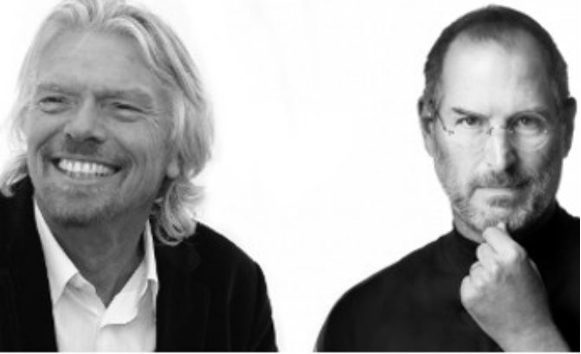
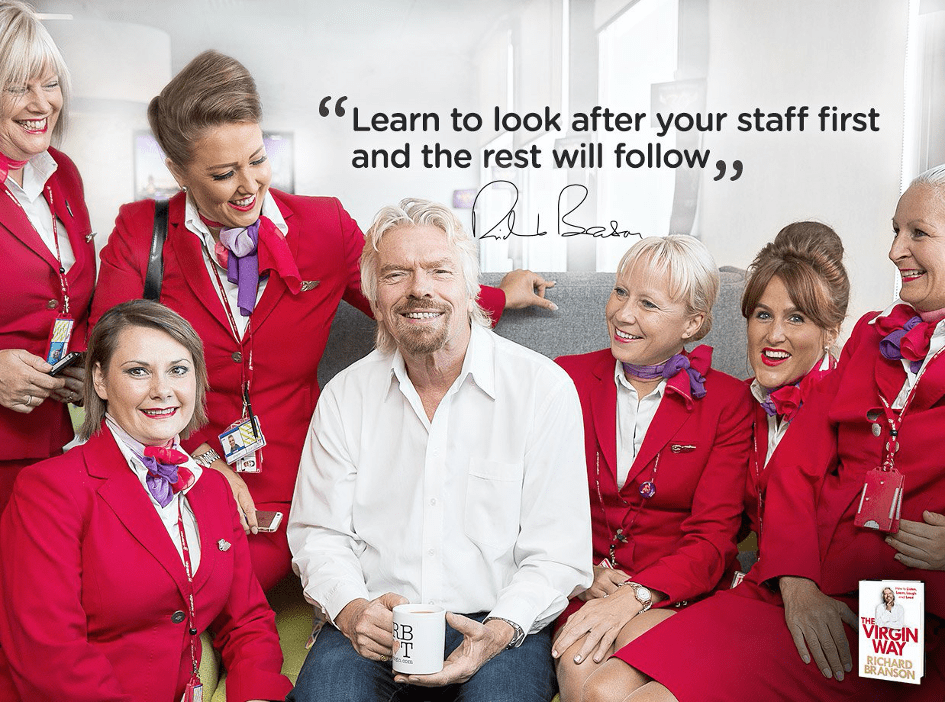
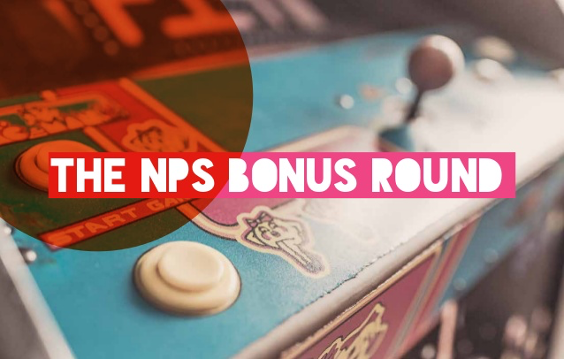
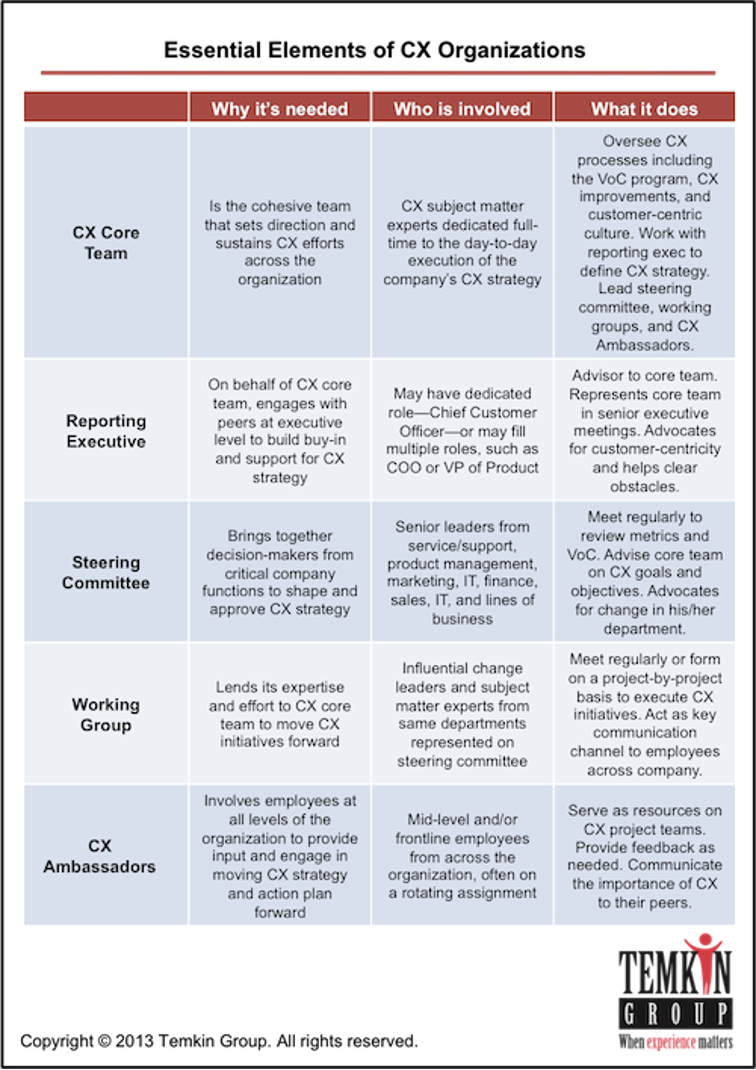
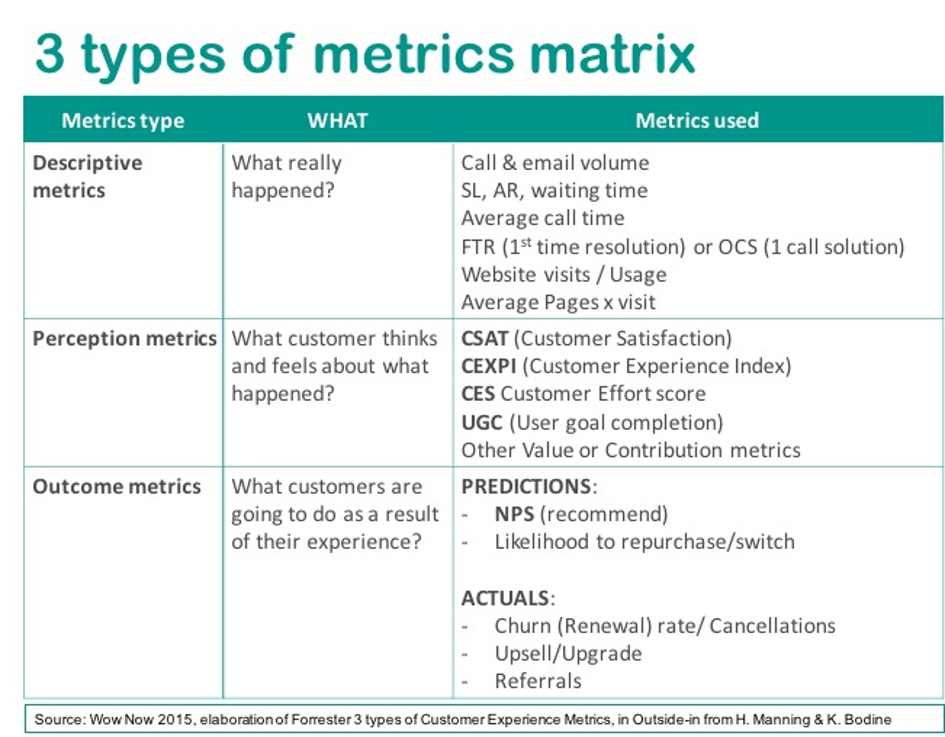


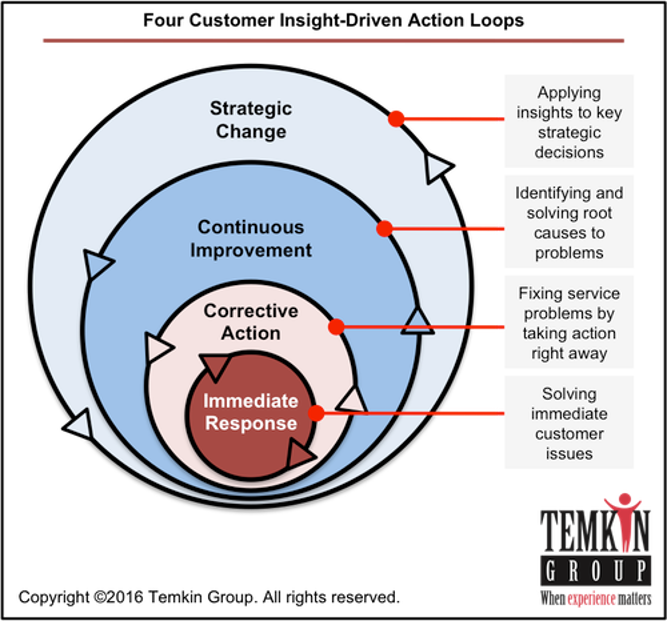
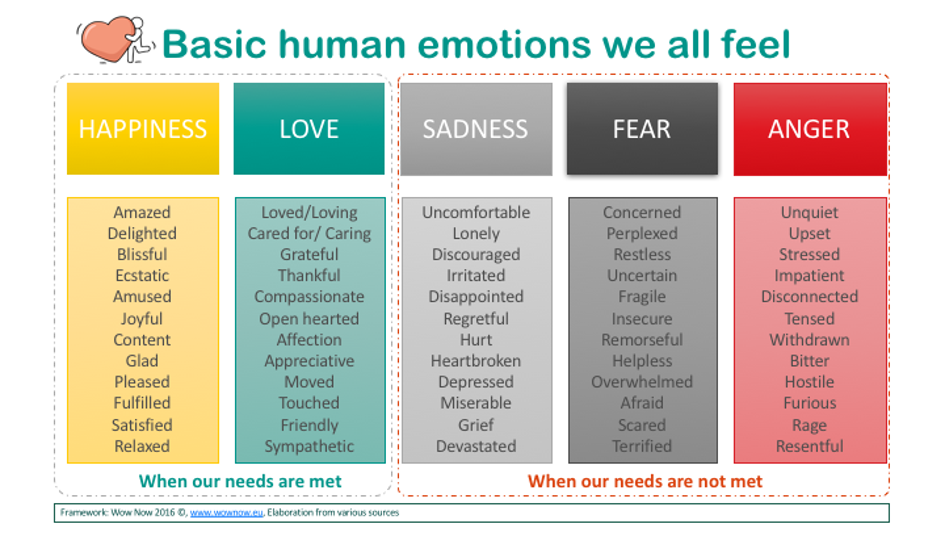 C. Needs
C. Needs